Hydraulic , Piping & Fittings
Chapter 12: Process Instrumentation
Views : 7
Chapter 12 Process Instrumentation
Source: https://www.utp.edu.my
Prepared By: Prof. Dr. Marappagounder Ramasamy, Dr. Serene Lock, Dr. Mohd Hilmi Noh, Dr. Nurul Aini Amran
Usually dispatched in 2 to 3 days
Usually dispatched in 2 to 3 days
Category:
Hydraulic , Piping & Fittings
Only logged in customers who have purchased this product may leave a review.
Related books
Inspect New Piping
Piping systems are like arteries and veins in the oil industry. Piping systems comprise of pipes, flanges, bolting, gaskets, valves etc. They also include pipe hangers, supporting elements and other items necessary to prevent over pressurization and over stressing of the pressure containing components. Hence, one can say that pipe section when fitted with valves and other mechanical equipment and properly supported by hangers and supports are called piping.
Inspect New Piping
Piping systems are like arteries and veins in the oil industry. Piping systems comprise of pipes, flanges, bolting, gaskets, valves etc. They also include pipe hangers, supporting elements and other items necessary to prevent over pressurization and over stressing of the pressure containing components. Hence, one can say that pipe section when fitted with valves and other mechanical equipment and properly supported by hangers and supports are called piping.
Basic Pipe Stress Analysis Tutorial
It is common practice worldwide for piping designers to route piping by considering mainly space, process and flow constraints (such as pressure drop) and other requirements arising from constructability, operability and reparability. Unfortunately, pipe stress analysis requirements are often not sufficiently considered while routing and supporting piping systems, especially in providing adequate flexibility to absorb expansion/contraction of pipes due to thermal loads. So, when “as designed” piping systems are handed-off to pipe stress engineers for detailed analysis, they soon realize that the systems are “stiff” and suggest routing changes to make the systems more flexible. The piping designers, in turn, make changes to routing and send the revised layout to the pipe stress engineers to check for compliance again. Such “back and forth” design iterations between layout and stress departments continue until a suitable layout and support scheme is arrived at, resulting in significant increase in project execution time, which, in turn, increases project costs. This delay in project execution is further worsened in recent years by increased operating pressures and temperatures in order to increase plant output; increased operating pressures increase pipe wall thicknesses, which, in turn, increase piping stiffnesses further. Such increased operating temperatures applied on “stiffer” systems increase pipe thermal stresses and support loads. So, it is all the more important to make the piping layout flexible at the time of routing.
Basic Pipe Stress Analysis Tutorial
It is common practice worldwide for piping designers to route piping by considering mainly space, process and flow constraints (such as pressure drop) and other requirements arising from constructability, operability and reparability. Unfortunately, pipe stress analysis requirements are often not sufficiently considered while routing and supporting piping systems, especially in providing adequate flexibility to absorb expansion/contraction of pipes due to thermal loads. So, when “as designed” piping systems are handed-off to pipe stress engineers for detailed analysis, they soon realize that the systems are “stiff” and suggest routing changes to make the systems more flexible. The piping designers, in turn, make changes to routing and send the revised layout to the pipe stress engineers to check for compliance again. Such “back and forth” design iterations between layout and stress departments continue until a suitable layout and support scheme is arrived at, resulting in significant increase in project execution time, which, in turn, increases project costs. This delay in project execution is further worsened in recent years by increased operating pressures and temperatures in order to increase plant output; increased operating pressures increase pipe wall thicknesses, which, in turn, increase piping stiffnesses further. Such increased operating temperatures applied on “stiffer” systems increase pipe thermal stresses and support loads. So, it is all the more important to make the piping layout flexible at the time of routing.
Hydraulic Study For The New Cairo Raw Water Pipeline
phase is expected to be completed by the end of 2011. The system consists of one raw water intake pump station (IPS), three booster pump stations (BPS 2, 3, and 4), and multiple parallel 2200-millimeter (mm) and 2600-mm diameter pipelines that run approximately 30 kilometers (km) from the Nile River to the newly constructed New Cairo Potable Water Treatment Plant (WTP). Construction will be completed in eight pump installation phases, with design flows ranging from 6 cubic meters per second (m3/sec) at Phase 1 to an ultimate flow of 48 m3 Because the pumping capacity required for Phases 5-8 is to be supplied by a parallel system of pump stations and pipelines that mirror Phases 1-4 (with identical hydraulics and capacities), the following report is based on analysis of Phases 1-4 only. The ultimate flow rate for Phase 4 is 24 m /sec at Phase 8.
Hydraulic Study For The New Cairo Raw Water Pipeline
phase is expected to be completed by the end of 2011. The system consists of one raw water intake pump station (IPS), three booster pump stations (BPS 2, 3, and 4), and multiple parallel 2200-millimeter (mm) and 2600-mm diameter pipelines that run approximately 30 kilometers (km) from the Nile River to the newly constructed New Cairo Potable Water Treatment Plant (WTP). Construction will be completed in eight pump installation phases, with design flows ranging from 6 cubic meters per second (m3/sec) at Phase 1 to an ultimate flow of 48 m3 Because the pumping capacity required for Phases 5-8 is to be supplied by a parallel system of pump stations and pipelines that mirror Phases 1-4 (with identical hydraulics and capacities), the following report is based on analysis of Phases 1-4 only. The ultimate flow rate for Phase 4 is 24 m /sec at Phase 8.
Pipe Inspection Manual
The New Zealand Pipe Inspection Manual 3rd Edition has been prepared in order to provide:
• An overview of the tasks that can be completed using Closed Circuit Television (CCTV) and how these activities can be used to manage wastewater and stormwater assets.
• A standardised set of codes for recording observations noted during CCTV inspections.
• An outline of good practice procedures for carrying out CCTV inspections and for processing and analysing the information collected.
• Standard Technical Specifications and Model Conditions of Contract for use when engaging CCTV contractors.
Pipe Inspection Manual
The New Zealand Pipe Inspection Manual 3rd Edition has been prepared in order to provide:
• An overview of the tasks that can be completed using Closed Circuit Television (CCTV) and how these activities can be used to manage wastewater and stormwater assets.
• A standardised set of codes for recording observations noted during CCTV inspections.
• An outline of good practice procedures for carrying out CCTV inspections and for processing and analysing the information collected.
• Standard Technical Specifications and Model Conditions of Contract for use when engaging CCTV contractors.
Difficult to Pig Pipelines
Pigging : A widely utilized process which is the act of propelling a properly sized spherical or cylindrical device through the interior of a pipeline by manipulating the pressure & flow of the existing media, or by artificially introduced media or by mechanically pulling the device through the pipeline for the
specific purpose of cleaning, inspecting or distributing inhibitor throughout the pipeline.
Difficult to Pig Pipelines
Pigging : A widely utilized process which is the act of propelling a properly sized spherical or cylindrical device through the interior of a pipeline by manipulating the pressure & flow of the existing media, or by artificially introduced media or by mechanically pulling the device through the pipeline for the
specific purpose of cleaning, inspecting or distributing inhibitor throughout the pipeline.
Presentation on Fundamentals of Pipeline Design
➢The amount of fluid flow through the pipeline is one of the first items of information required for design
➢ Different industries use pipeline for different purposes. requirements & types of pipe are different
➢ Petroleum industry & natural gas industry use steel pipe with welded joints.
➢ This allows the pipeline to withstand very high pressure, sometimes above 3000 psig
➢ High pressure allow the use of long pipelines, often more then 1000 miles with only a booster pump or station for each pipeline
➢ Some pipelines are designed with some excess capacity or design so capacity can be increased by the addition of compression or pumping horsepower
Presentation on Fundamentals of Pipeline Design
➢The amount of fluid flow through the pipeline is one of the first items of information required for design
➢ Different industries use pipeline for different purposes. requirements & types of pipe are different
➢ Petroleum industry & natural gas industry use steel pipe with welded joints.
➢ This allows the pipeline to withstand very high pressure, sometimes above 3000 psig
➢ High pressure allow the use of long pipelines, often more then 1000 miles with only a booster pump or station for each pipeline
➢ Some pipelines are designed with some excess capacity or design so capacity can be increased by the addition of compression or pumping horsepower
Pipe Installation Handbook
Installing fiberglass pipe is easier than installing carbon steel, stainless steel, and lined steel due to its light weight. Learning the proper methods to prepare and make-up bell & spigot joints can help ensure the reliability and long-term performance of your piping system. We offer the TQI Plus (ASME B31.3) Fabrication and Assembly certification program. Qualified Field Service Representatives train fabrication and assembly crews, conduct and supervise
fabrication work, and inspect work in progress. For complete information concerning these training seminars, contact your local distributor or NOV Fiber Glass Systems.
Pipe Installation Handbook
Installing fiberglass pipe is easier than installing carbon steel, stainless steel, and lined steel due to its light weight. Learning the proper methods to prepare and make-up bell & spigot joints can help ensure the reliability and long-term performance of your piping system. We offer the TQI Plus (ASME B31.3) Fabrication and Assembly certification program. Qualified Field Service Representatives train fabrication and assembly crews, conduct and supervise
fabrication work, and inspect work in progress. For complete information concerning these training seminars, contact your local distributor or NOV Fiber Glass Systems.

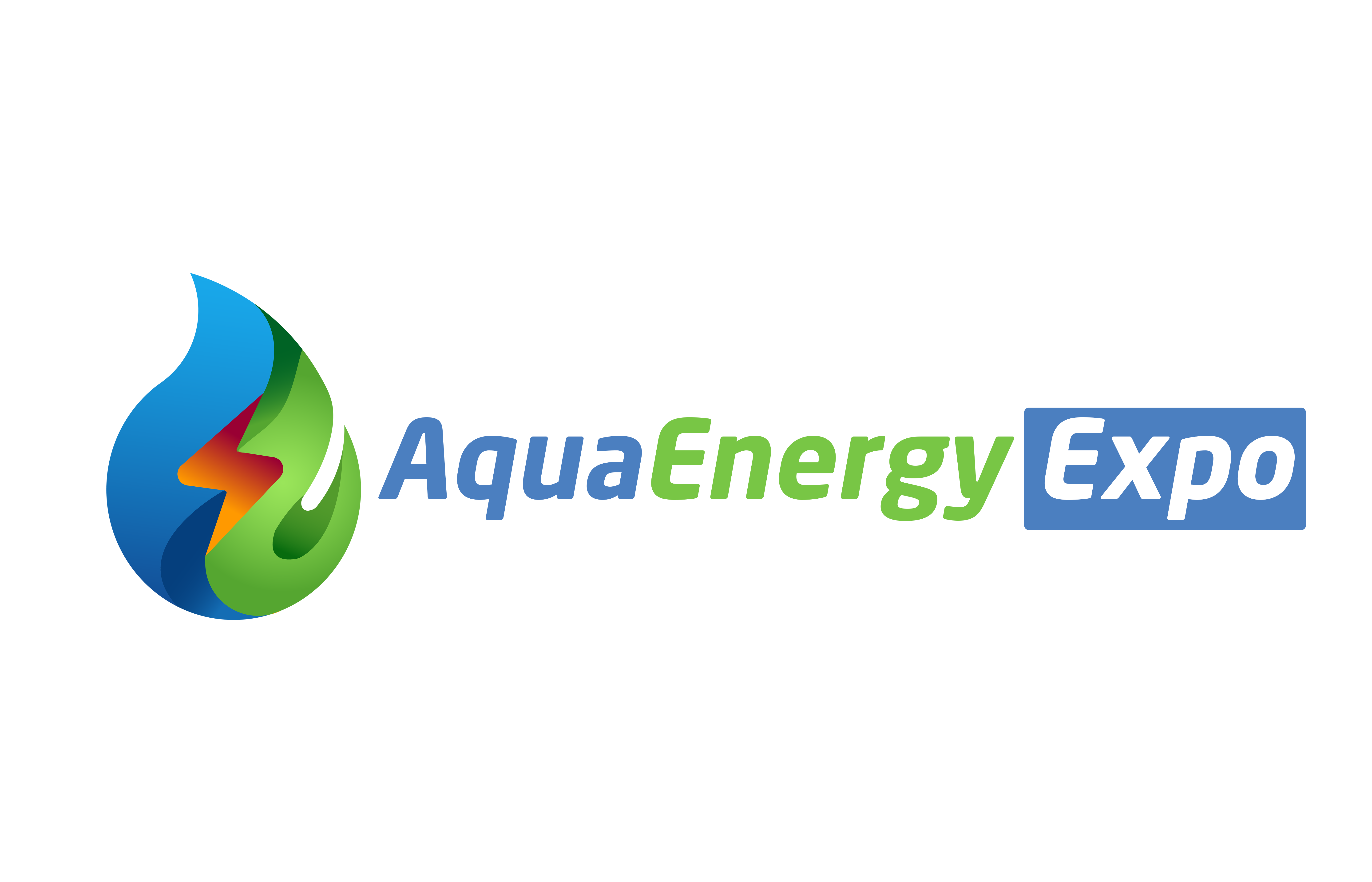
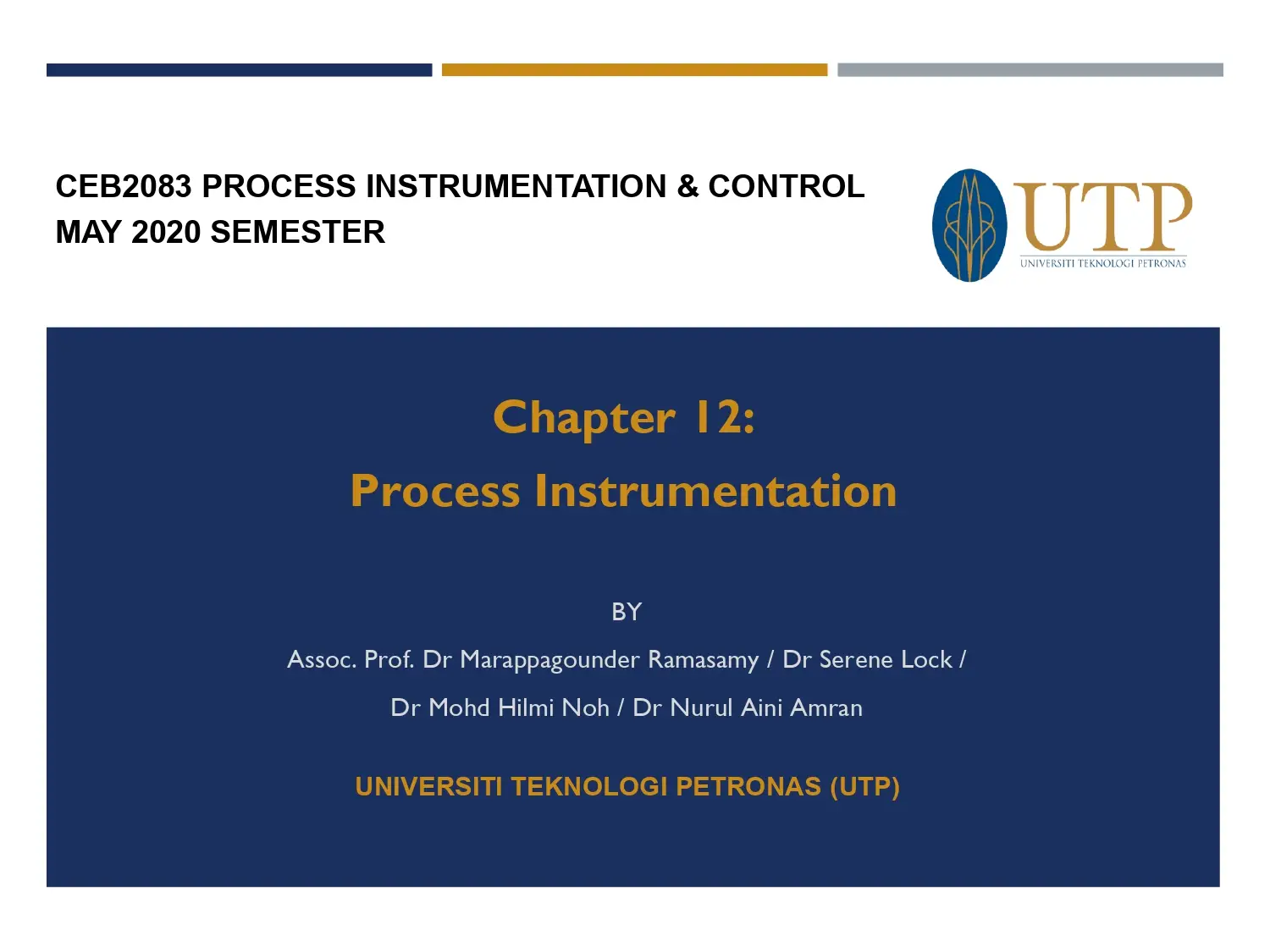








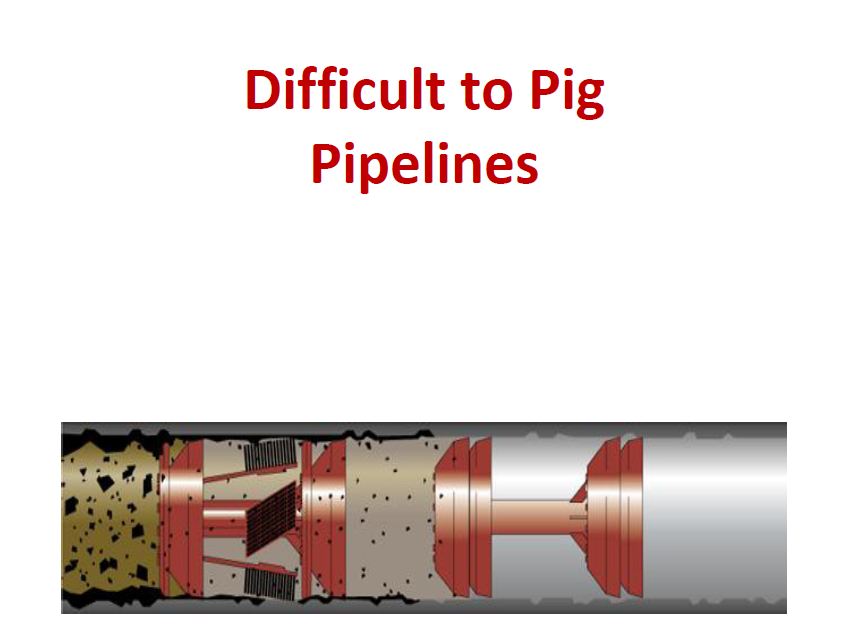

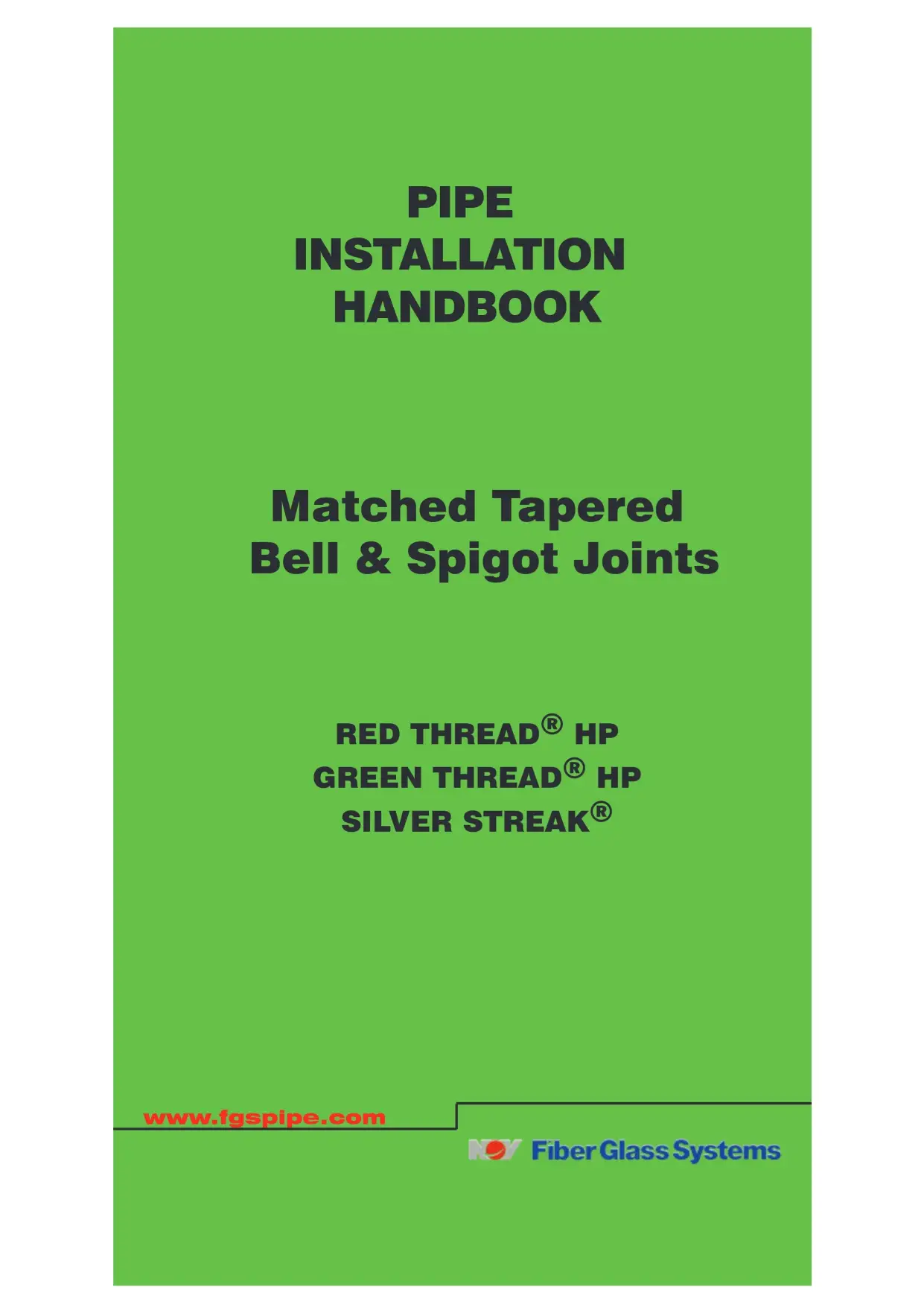
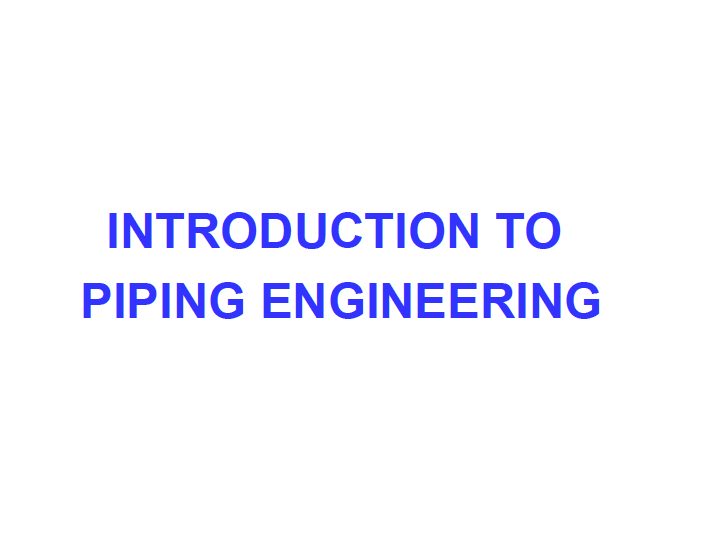
Reviews
There are no reviews yet.